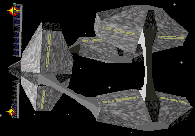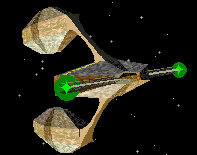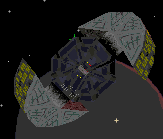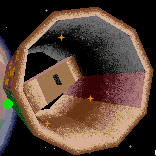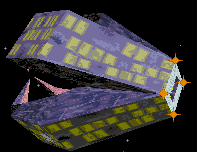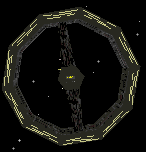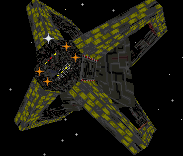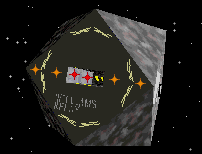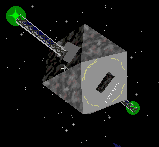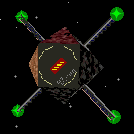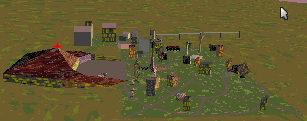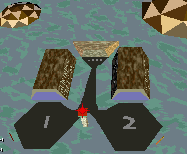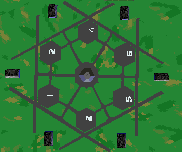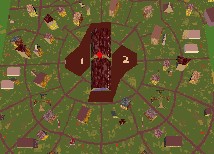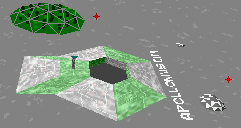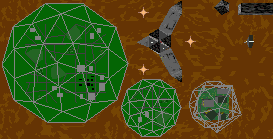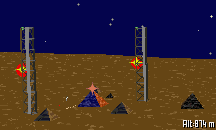ORBITAL CITIES |
|
| Orbital Cities can be defined as a station with a mass over 400000t and designed to house at least 8000 Human Adults | |
| AF9270 2PV, 3PV and 4PV Station This
is the most expensive and prestigious stations available
at the moment Designed in Tokyo Shipyards and now seen in the capitals of all three political powers. The space inside the AF9270 can be increased or
decreased to meet current needs . |
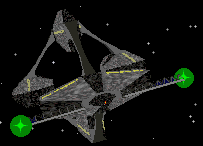 Four Pod AF9270 4PV
Three Pod AF9270 3PV
Two Pod AF9270 2PV |
| CM7573 4AV Station This Orbital City is the another of its the kind that can be upgraded or downgraded as necessary. The orbital city has four sections that rotate in such a way that they do not touch each other. This has increased the number of human occupants in sustained artificial gravity to 14000. 3500 in each arm. Two of the arms can be removed and relocated or
replaced as needed making this one Capable of holding 200000t of cargo and up to 35 large
ships (500-2200t) or up |
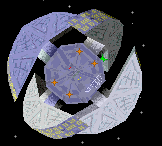 |
